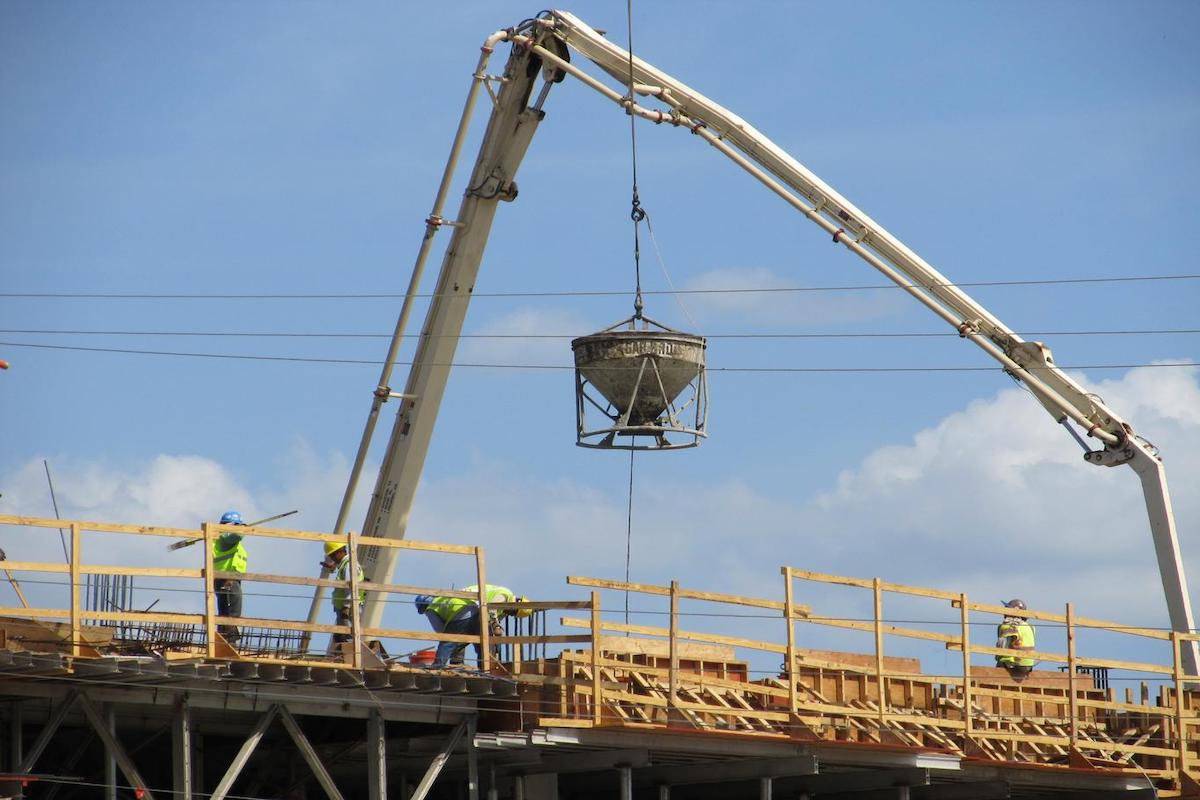
Believe it or not, a lot of what patients need most out of their health care practitioner does not have a significant cost or super-deluxe clinical evaluations. In the future, a slick new professional’s workplace and practical surroundings would probably be appreciated. But individual studies and focus groups are not searching for new architectural layout. Though the physical construction of the building plays a part in the customer experience and should not be ignored, customers are looking for positive experiences as well as physical surroundings.
The upcoming health care practitioner’s clinic is all about the superior patient encounter, and things which are potential to deliver now. Patients place the best value on subjective and psychological touch points and a couple of convenient touches through conventional technology. For the most part, the matters patients appreciate most in health care delivery are the free or very low price. That is not to say that breaking tradition, long-lived patterns and provider-centric systems will probably be unaffected. Here are the pointers to keep in mind when constructing a healthcare clinic that wants to deliver and be ready for the future:
Patients anticipate the ease of technologies:
There is a distinction between the classic paper-centric physician’s office along with the digital-centric tendencies of modern customers.
Virtually everybody has a smartphone in their pocket or a cellular device within easy access. While individuals value face-to-face meetings, Millennials especially value digital communications such as portal sites, text and email. What is more, the Millennial generation hasn’t been computers and the world wide web and are available to new and suitable aids in health care delivery.
The workplace of the future will offer convenience using higher access to care. To the individual using a retail mentality, this implies same-day or next-day appointment, a broader assortment of workplace hours, morning, weekend or evening choices.
- Below are a few of the advantages that individuals need the most. Just how several these items on this record would you currently provide? How many features of the health care practitioner’s practice of the future will you adapt instantly and deliver now? A number of these elements overlap: Remove the waiting. Waiting to find that the practitioner or to produce the appointment is an international criticism. Some patients could settle for shorter wait periods. However, the perfect practice of the future has none whatsoever. An individual’s time is precious and “visiting the doctor” is a disturbance. Nonetheless, it’s the annoyance which erodes individual satisfaction. Digital scheduling technology can adequately schedule appointments to avoid double booking and other errors to minimise waiting time.
- Practical physical location. Clinics should be widely accessible with on-site parking, access ramps and appropriate signage. The interior ought to be modern and inviting as well as clean. Consultation rooms should be clean and spacious allowing for different appointments to be made. For example, a cosmetic surgery clinic will need specialised private rooms for breast augmentation consultations and rooms with equipment to carry out thigh liposuction procedures.
- More time with the professional. Patients that wait or are unexpectedly rushed feel that the physician and the practice are indifferent or incompetent or both. Conversely, a sense of not being hurried, having sufficient face time with all the professional communicates compassion and concern. It’s also the basis of excellent communications and the practitioner-patient relationship.
- Demonstrate compassion and understanding. Usually, practitioners are affectionate and concerned about their patients. But they’re also problem-solvers. Patients love the healthcare alternatives, but they need great medical care wrapped in compassion and compassion. For example, when visiting an orthotics podiatrist clinic, you expect caring conversations that don’t feel rushed and finding the perfect feet treatment.
Patients need to see proof of caring and respect in comparatively simple things such as:
- Healthcare choices are based on a patient-doctor partnership
- Listening carefully to patient issues and concerns without judgement
- Creating eye contact, smiling, addressing the individual by title and putting in the extra effort to be friendly
- Making two-way communications and comprehending that a priority
- Providing a variety of recommendations and solutions to health issues
The retail world has shaped customer expectations in health care rather than before. However, building the professional’s practice of the future is potential now. In reality, all these are necessary and almost universal expectations for virtually any health clinic. In healthcare clinics, patient experience and patient satisfaction will be the basis of success.




